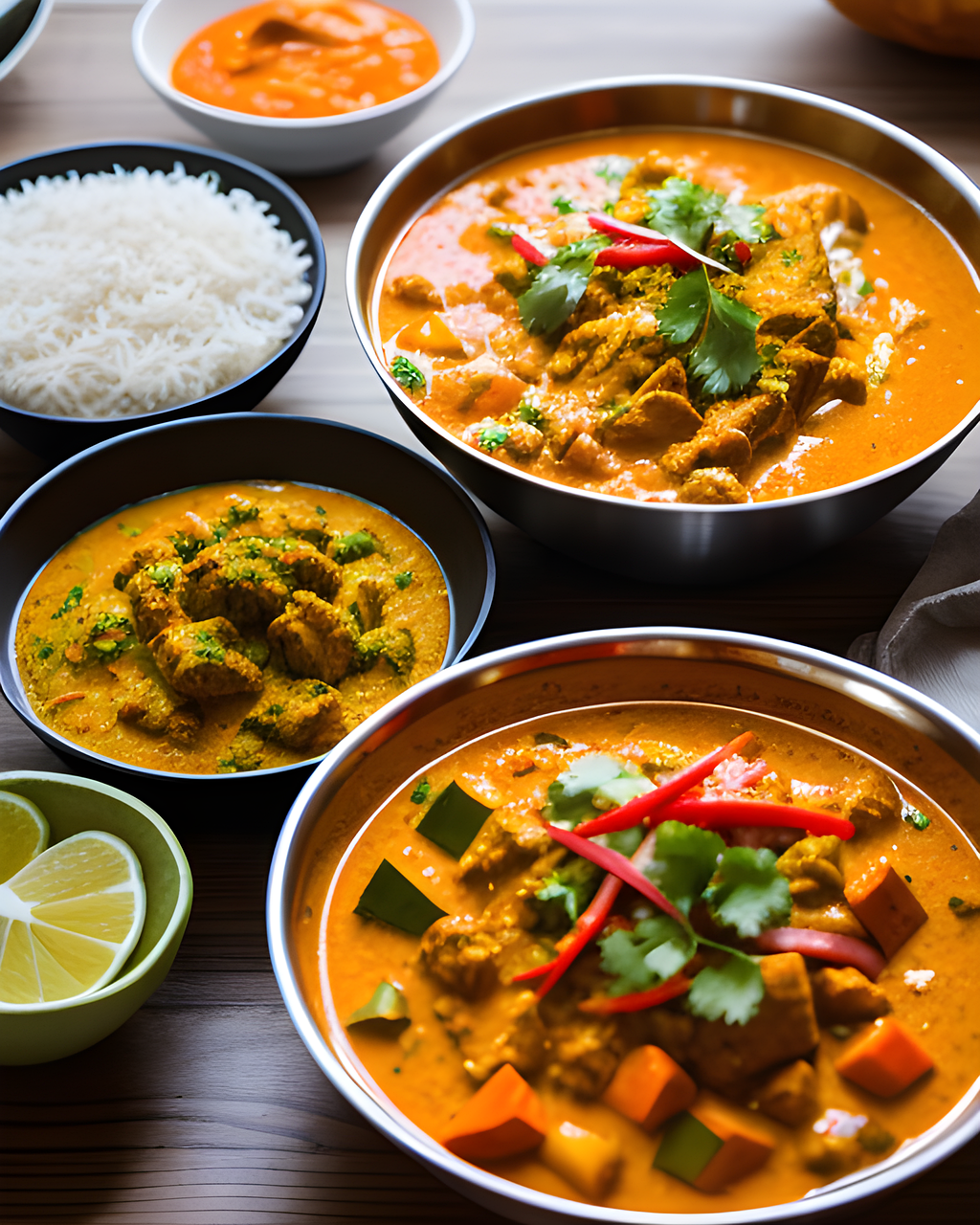An Indian takeaway is one of the most popular takeaways to have in Britain. How can we reduce carbon emissions when ordering Indian food?
Indian curries and meat
As with all meals, curries with meat and in particular beef and lamb, are going to have a higher carbon footprint. So, the best things to order are the veggie curries. Research by Mike Berners-Lee book ‘How Bad are Bananas?’ shows how carbon footprint changes as you add different ingredients to an Indian dish:
A veggie dish: 1.3kg CO2e
A chicken dish: 2.1kg CO2e
A lamb dish: 4kg CO2e
A king prawn dish: 5.1kg CO2e
As you can see, the increase in carbon emissions changes considerably when you add meat. You can also see how bad lamb is in comparison to chicken because substituting chicken for lamb doubles the amount of emissions of a meal. Beef and lamb always have a much higher carbon footprint than other meats because cattle and lamb produce a lot of methane in the process of digesting food. King prawns have a very high carbon footprint because they are airfreighted and often farmed in South Asia which involves destroying mangrove plantations. Mangroves are considered ‘the rainforest of the ocean’ which provide an ecosystem for many animals, boost food security and protect against extreme weather and natural disasters. If you really want order meat from an Indian takeaway, try to stick to chicken, pork or fish (except King prawns) to keep carbon emissions down.
Side dishes and food waste
If you are wondering whether a naan or rice is better for the environment, according to the assumptions made by Berners-Lee, a typical naan has 0.12kg CO2e and 90g rice has 0.3kg CO2e. This suggests ordering naan is better, but both figures are so low that it does not make much difference to the whole meal. Also do not order too much food which you end up throwing away. The more you order the greater the emissions, especially if some of it becomes food waste.

Leave a Reply